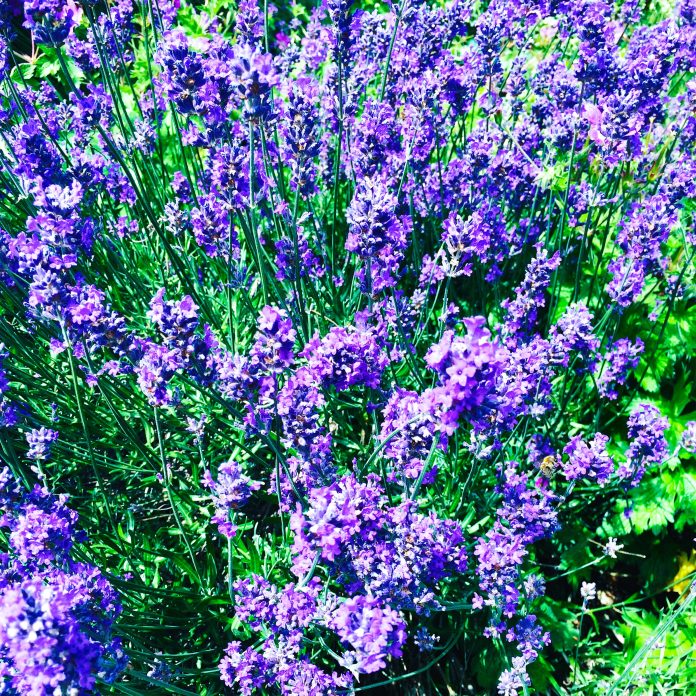Lavender is a garden favourite, but without pruning it soon turns woody and straggly. With a simple yearly routine you can keep it compact, healthy and full of flowers.
Tools You’ll Need
- Sharp secateurs or small shears
- Gloves (lavender stems can be scratchy)
- Trug or bucket for clippings
When to Prune Lavender
- Main prune: Late summer to early autumn (August–September), just after flowering.
- Light tidy: Spring (April), to remove frost damage and reshape.
How to Prune Lavender in Late Summer
- Wait until flowers fade – once blooms are past their best, get ready to prune.
- Remove spent flower stems – cut flower stalks down into the leafy growth.
- Trim the green growth – take off 5–7 cm (2–3 inches) of soft new stems.
- ✅ Always leave some green shoots.
- ❌ Never cut into bare, woody stems – they don’t regrow.
- Shape into a dome – prune evenly so the plant forms a neat mound.
- Clear clippings – collect and compost trimmings.
Example: Pruning a Healthy Young Lavender
[Insert Image: lavender-young.png]
Caption: Cut just into the green growth, avoiding the woody base.
Light Spring Tidy
- Check for winter damage – snip off any dead or blackened tips.
- Even up the shape – trim straggly shoots to restore the dome.
- Keep it light – the main shaping was done in late summer.
Example: Pruning an Older Woody Lavender
[Insert Image: lavender-woody.png]
Caption: Cut above the woody stems – never into bare wood.
Extra Tips for Success
- Young plants (1–2 years): Pinch back tips after flowering to encourage bushy growth.
- Older plants (5+ years): If they’ve gone very woody, replace them or take cuttings.
- Cold areas: Do a lighter prune in autumn to stop wind damage, then finish shaping in spring.
Key Routine to Remember
- Late summer – main prune (after flowering).
- Spring – light tidy (to refresh and remove frost damage).




